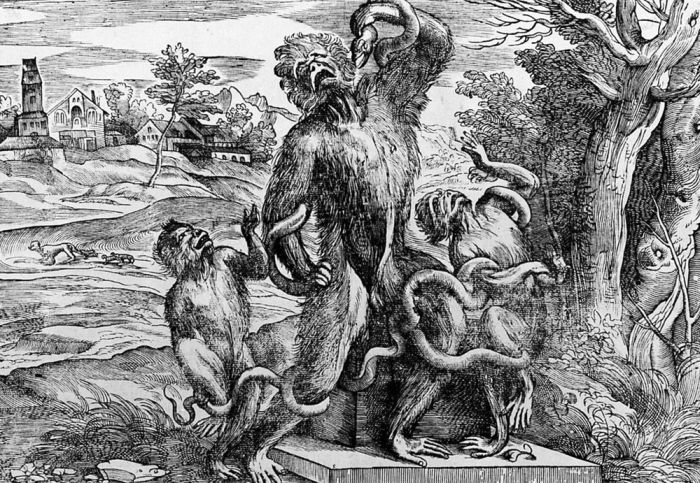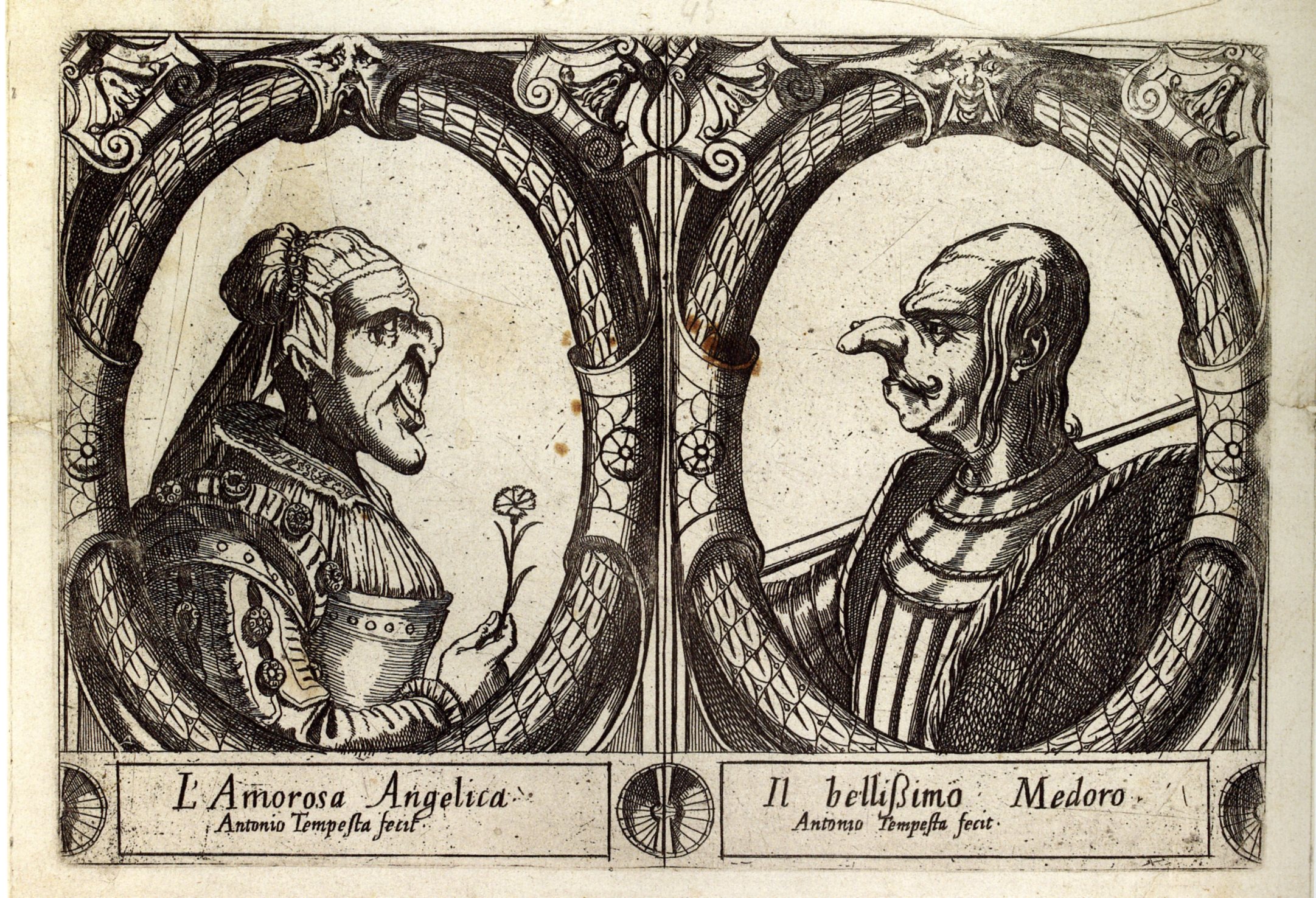
Frans Pourbus the Younger, Portrait of Giovanni Battista Marino, 1619, Detroit Institute of Arts. Source: Wikimedia Commons, public domain.
In his sonnet Sul proprio ritratto (di mano di Bartolomeo Schidoni) – published in 1620 within La Galeria, a collection of poems conceived as descriptions of, and dialogues with, figurative artworks – Giovan Battista Marino suggests that to depict his portrait a painter should employ the harshness of ice and fire, the terror of the shaded dark of night, the paleness of death, the imperfection of nature, and colours sharpened with whispers and tears. Continue reading





